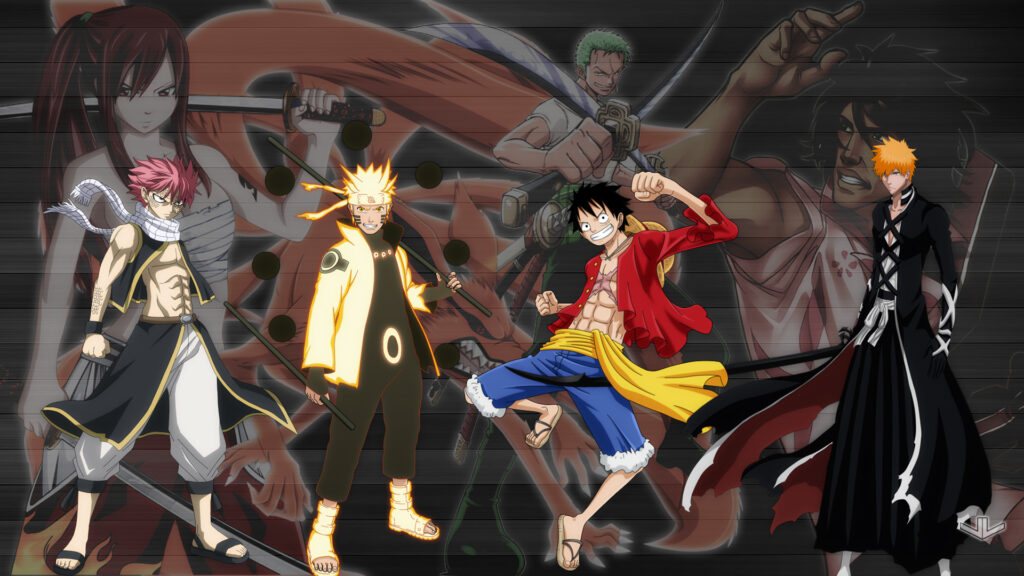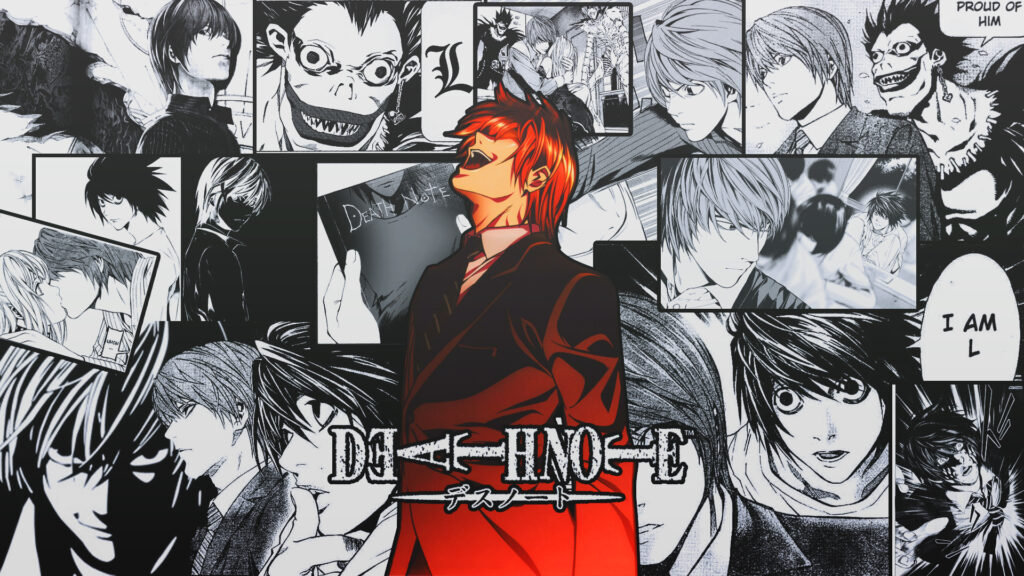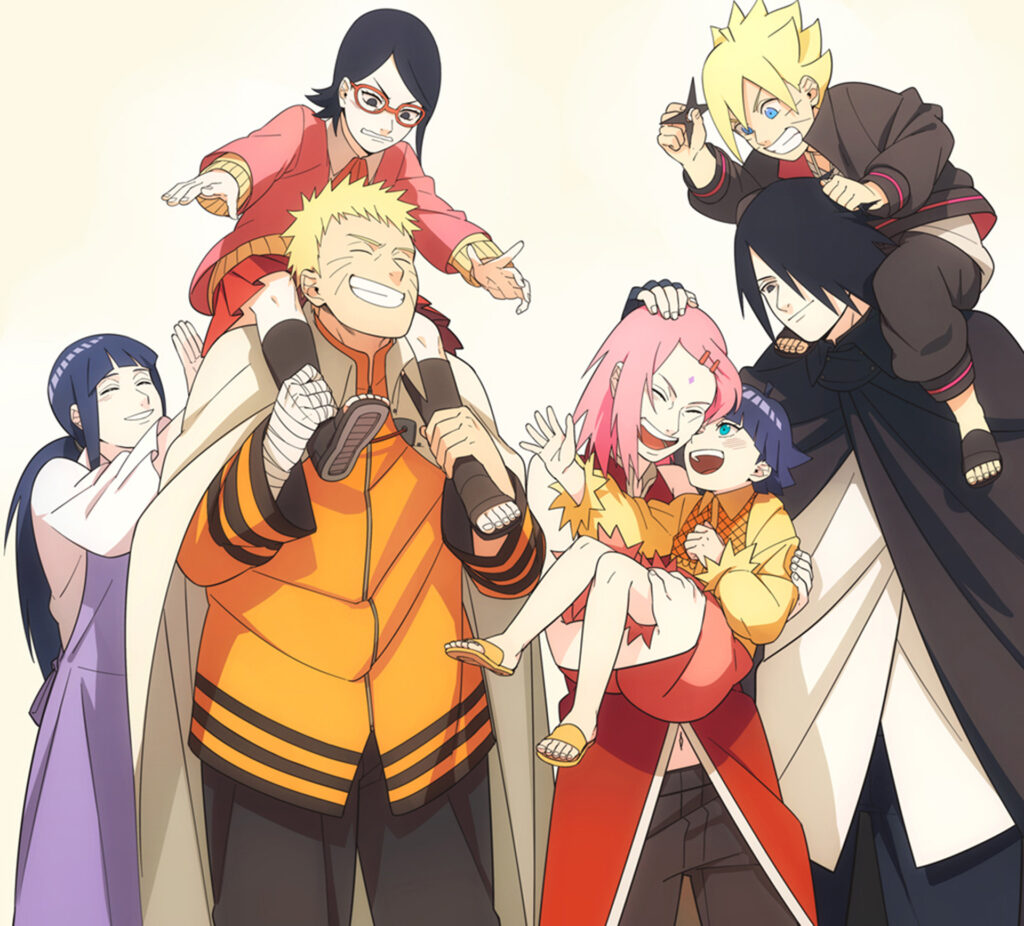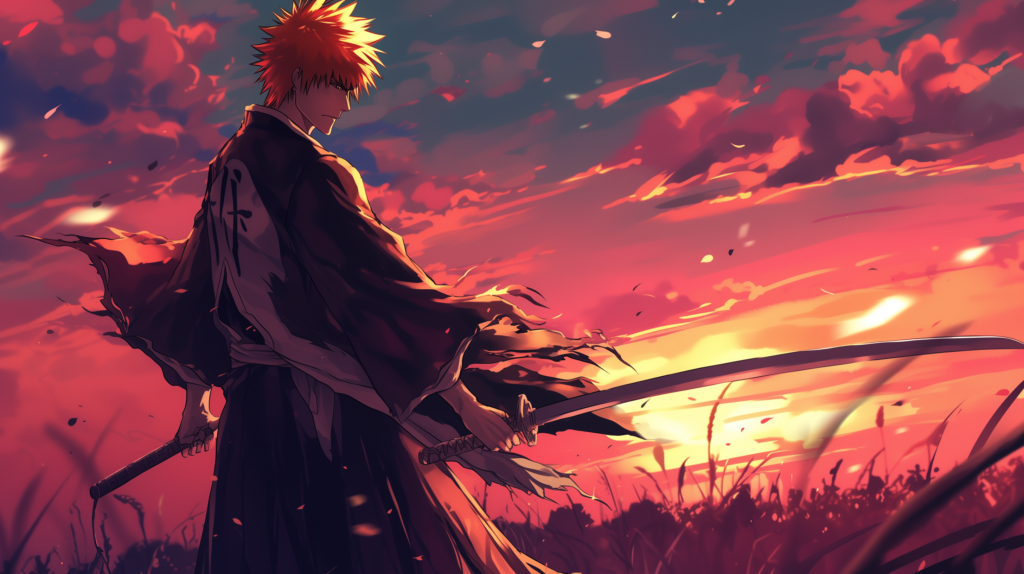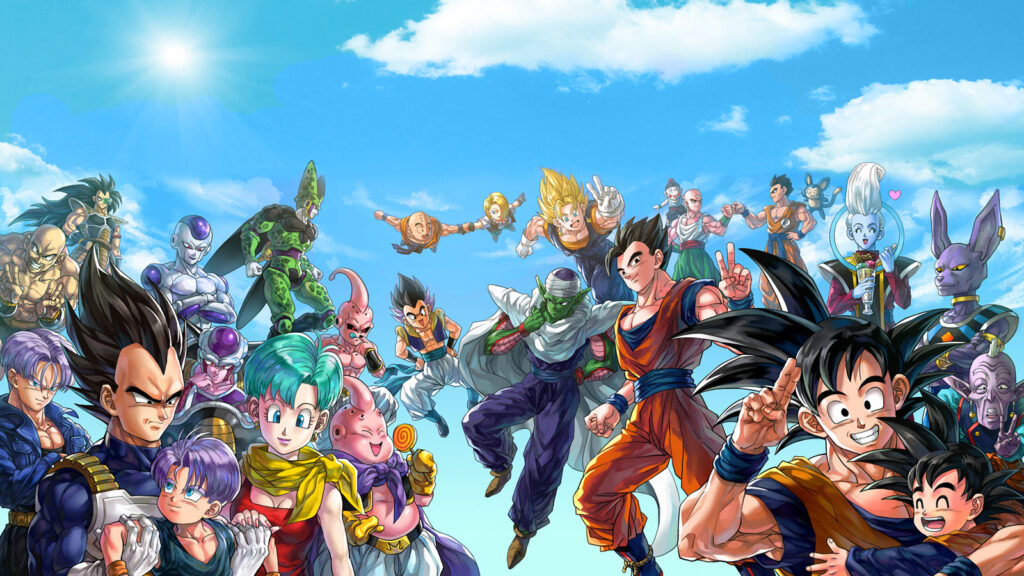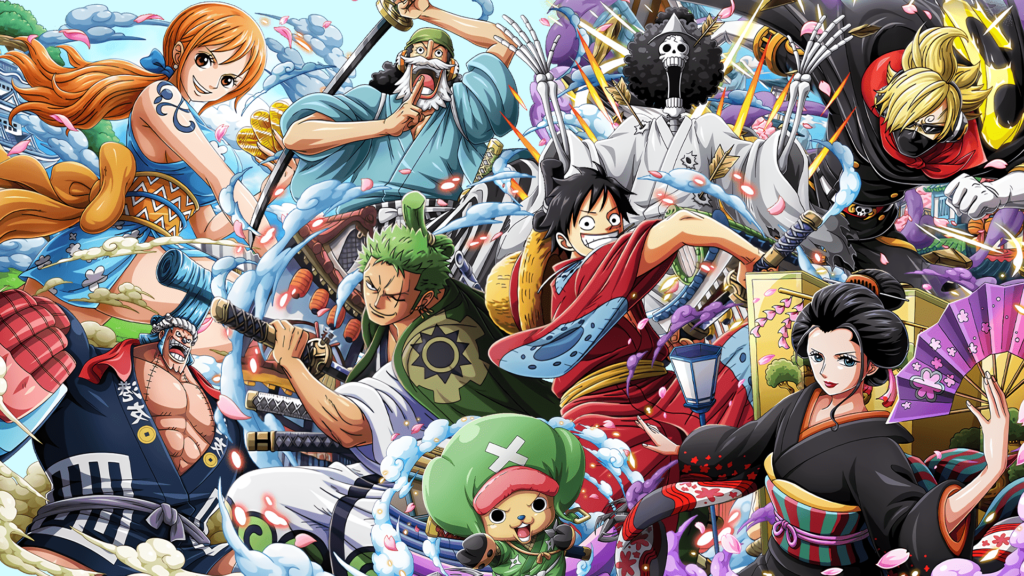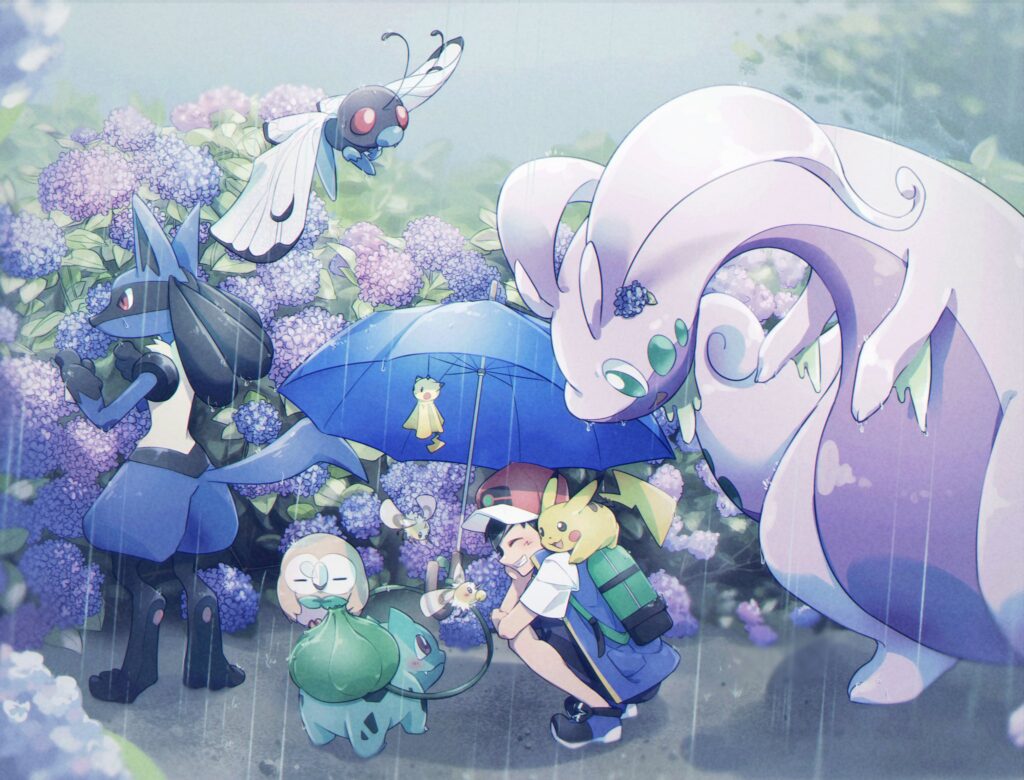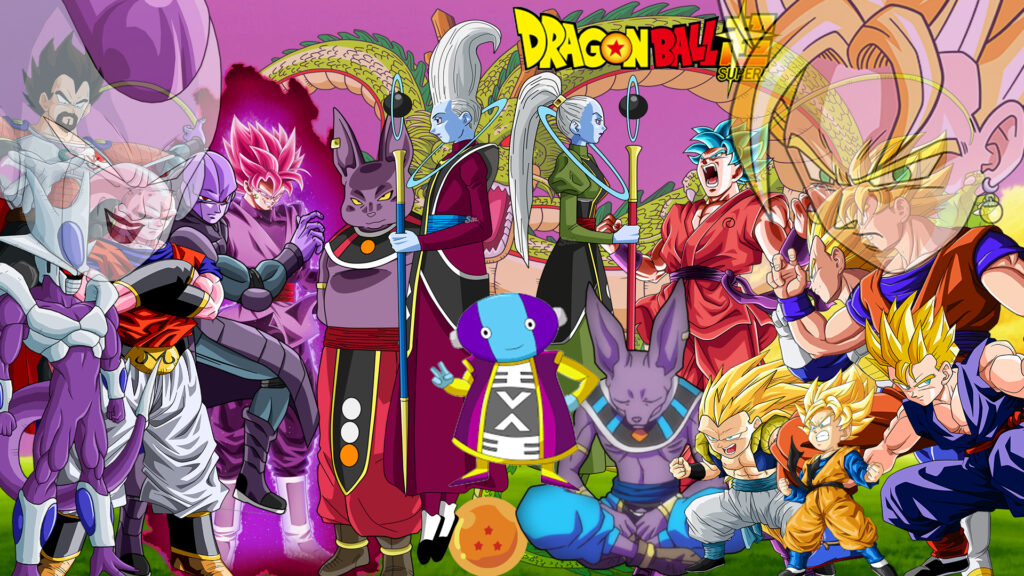When great anime went on too long: A closer look
Anime is a medium of telling stories which has millions of fans all over the world, unique plots, interesting and recognizable characters, and frequently – stunning drawing. However, even the most beloved series can fall victim to one of the most common pitfalls in long-form storytelling: overstaying their welcome. What went wrong for these shows remained unknown to many viewers, so in this article, we’ll dive into the circumstances that led some promising anime series to fail when they extended their run. In the next several chapters, through focusing on concrete examples and discussing the mechanisms of how the series’ length works, how pacing and expectations are built, we want to identify why the length of a series matters and what the creators and studios can learn from it.[When great anime went on too long: A closer look]
Longevity: Breaking it Down in-field and The Challenges of Longevity in Anime
Some anime have been on air for years and have their own problems. While the short series format offers producers relatively easy ways of providing compact and integrated stories, longer series pose challenges of continuity, character arc, and audience engagement across the series’ length. Here are some common issues that arise:
1. Decline in Story Quality
A lot of anime shows start off with a great premise but could not keep up with this interesting plot and setup. There will be writer’s block, resorting to clichés, or added unnecessary episodes just to make that extra duration. It does this often and weakens the base plot as well as disappoint those people who were initially interested and engaged.
2. Filler Episodes and Arcs
Filling material—stories that are unrelated or at least secondary to the show’s overall plot—is one of the characteristics of anime series that aired for a long time. As with fillers, they can reveal character backstory, or add humour but rarely does an episode contain any tension or stakes. Worse, most fillers are dealt a poor blow in terms of pacing and the audience disinterest.
3. Over the years, appearance has increasingly become a lightning rod for stagnant emblems of animation quality.
This is a very big challenge to maintain that quality of animation for hundreds of episodes. The extents of daily work activities, time constraints, budget and the large number of productions to accomplish lead to the decline of animated quality over time. This can disengage fans who are interested in the serial based on the aspect of graphic display.[When great anime went on too long: A closer look]
4. Character Fatigue
It is the well-developed main characters that compare an anime to a successful attack on the spectator’s consciousness. But in extension, it also causes problems which include breaking character arcs becoming almost redundant or all in frustrating loops. Comfort may cause characters to become less appealing, intentions may seem contrived, or behavior may not be appropriate for a character’s personality.
5. Audience Fatigue
Subscribers, no matter how much they like a show, may easily get bored of waiting for years or even decades. Socio-demographic roles and patterns of audiences shift, so does their preferences while new anime surfaces come into the market attempting to capture the audiences’ attention. It is an issue for a long running series because you might complete the final product which becomes outdated or irrelevant.
Case Studies: As great anime went too long
1. Naruto and Naruto: Shippuden
2. Bleach
3. Dragon Ball Z and Beyond
Dragon Ball Z is, of course, well-known all over the world, but even this classic was not spared by typical problems of longevity. There was the “Namek Saga” which is well known to have episodes where just a fight occupied dozens of episodes at most. This was good for creating a lot of tension but it did stretch the longest minute of ones patience to its breaking point.
The following Dragon Ball GT and Dragon Ball Super television series have been found lacking in some continuity, the disappointment arcs and criticized for relying on fanservice instead of progression. While new ideas such as multiverse have been brought into the limelight by Dragon Ball Super many fans complained that the series was rather shallow and too disconnected from the characters compared to the other Dragon Ball series.[When great anime went on too long: A closer look]
4. One Piece
One Piece is one of the longest- running anime shows and for a long half of this time, it was successfully keeping high quality. But a huge drawback is its longevity-it has more than a thousand parts and continues adding new ones. The bunny’s rate, in fact, has been condemned to be wretchedly slow in the most recent arcs such as “Dressrosa” and “Wano Country.” The anime has also retained its distinctive setting and characters and of course the long tales at times make it very tedious to identify or follow especially to new comers.
5. Pokémon
The Pokémon anime series started in 1997 but received a lot of renovations and changes in its art style. For all its amenities due to focusing on a singular story arc, not having a character, Ash Ketchum, progress in a significant way over decades was a joke with the fanbase. Despite Ash getting what he wanted since two thousand and two – being the Pokémon Master – the show stagnated, its characters staying the same for years, and it bored its primary audience while losing the older one.
Why Does This Happen?
Several factors contribute to anime overstaying its welcome:
1. Commercial Pressures
Many popular animated series make a lot of money through toys, video games, or TV/Tokyo’s adaptations. Companies’ primary goal is to make money, and studios delay the end of series to gain more profits. This leads to filler, more series that shouldn’t have been made in the first place, and over-explained arcs.
2. Adapting Ongoing Manga
In fact, many anime are based on manga the serialization of which is still ongoing. To get closer to the source material some studios add irrelevant arcs or prolong time spent on specific events. While this is beneficial to the manga, . it is disadvantageous to the anime because it sacrifices quality in its goal to advance.
3. Lack of Narrative Planning
There are anime that have been airing for a long time with no definite plans for the narrative of the anime. If the show’s creators lack an ultimate goal in mind, then the story stagnates, and character development becomes unclear, as well. This ends most fans an unsatisfied feeling even though they have remained with the company for years.[When great anime went on too long: A closer look]
4. Audience Expectations
Due to the emotional turn these series take, fans form bonds to ensure studios don’t stop making contents. On one hand this guarantees an audience since accumulated readership means Repeat business the downside is that the possibility of the Law of diminishing returns kicks in since the story is dragged out past its usable lifespan.
Lessons Learned
To avoid these pitfalls, studios and creators can adopt several strategies:
1. Plan for an Ending
Series with a predetermined conclusion, such as Fullmetal Alchemist: Attack on Titan or brotherhood both are adaptive shows or rather anime are benefited for sure from this kind of endings and emotions figures out. Protagonists should have regard to the life cycle of the plot and prefer the story construction to be easily concluded to the concept of endless progression.
2. Embrace Shorter Formats
Ongoing series, most straightforward, such as Death Note, or Cowboy Bebop during its run deliver memorable, airtight story arcs. Little bit of episodes will allow creators to focus more on the quality rather than quantity of episodes.
3. Quality Over Quantity
Rather than presenting the viewers shows that they don’t need, studios could have a seasonal off time to adapt to a situation where the source material has moved forward and give the production its all. Thus seasonal formations well exercised in My Hero Academia and Demon Slayer are worthy examples of when format meets audience demand in a rather quality manner.
4. Listen to the Audience
Fan feedback could be very useful in understanding what kind of approaches are effective and which of them are not. In this way, studios can keep themselves from offending the customers that got them in business in the first place.[When great anime went on too long: A closer look]
Conclusion
Long anime series have brought us great memorable stories and characters, but the problem of episodes dragging on and on is monumental. Maintaining artistic credibility and sales always remain a challenge for anime makers; by keeping narrative, rhythm and viewers’ satisfaction in mind, works can be made that will last forever. Perhaps subsequent series can take a cue from prior series’ failures and give viewers stories that are interesting from start to finish.[When great anime went on too long: A closer look]
May you like : How does Might Guy use the Eight Inner Gates?
May you like: Sukuna vs Gojo: Who is stronger?
May you like: Why did Itachi Uchiha join the Akatsuki?
May you like: How does Nanamis Ratio Technique work?🤔

